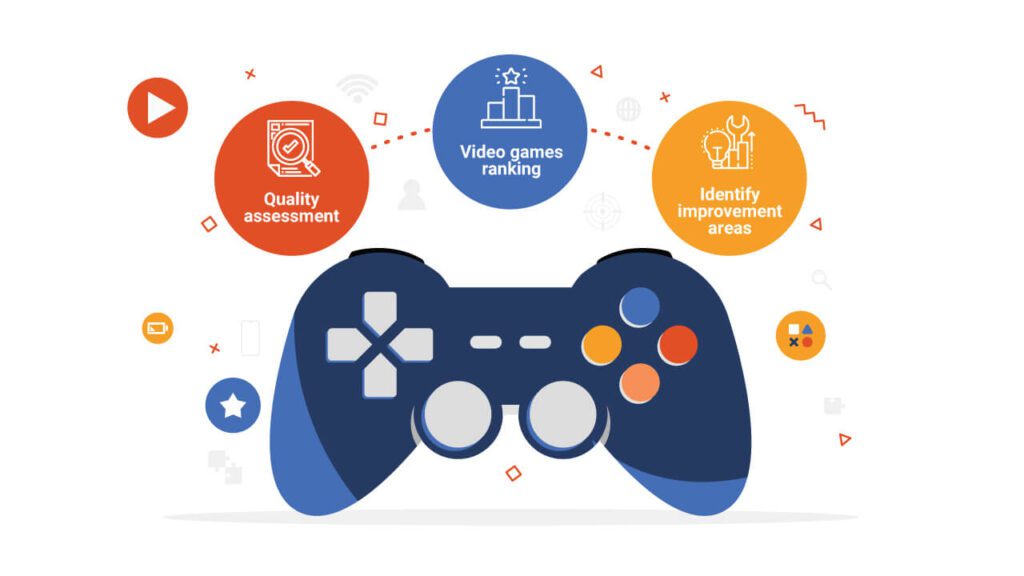Consistency is key when it comes to game art. A game’s design should be consistent in every aspect, from the concept to the smallest details in the art. Inconsistent elements can create confusion for players and detract from the overall immersive experience. The visual style and art direction, sound and music, and user interface design all need to be consistent with the game’s concept and theme. By prioritizing consistency in every aspect of game design, developers can create games that stand out and resonate with players long after they’ve put down the controller.
The Importance of Consistency in Game Art: Why Every Aspect of a Game’s Design Matters
Introduction
When designing video games, it’s important to pay attention to every aspect of the game’s design. From the highest level of concept to the smallest details in the art, everything needs to be consistent in order to create a cohesive and immersive experience for players. In this article, we’ll explore the importance of consistency in game art and why it matters for the overall success of the game.
Unity in Concept
Before any game can be created, it’s important to establish a consistent concept. This includes the gameplay mechanics, story, characters, and overall theme of the game. If any one of these elements doesn’t align with the others, it can create confusion for players and break their immersion in the game. For example, if a game is marketed as a tense horror game but the gameplay mechanics are more like an action game, players will feel like something is off and the experience won’t be as engaging.
Visual Style and Art Direction
Once the concept is established, it’s important to create a consistent visual style and art direction for the game. This includes everything from the UI design to character models and environmental textures. If the art style is inconsistent, players will notice and it will detract from the overall experience. For example, if a character’s design doesn’t match the environmental textures or the UI design doesn’t match the overall theme of the game, players will be taken out of the game’s world and the experience won’t be as immersive.
Sound and Music
Sound and music are just as important as the visual aspects of a game when it comes to consistency. If the sound effects and music don’t match the art style or the overall theme of the game, it can create a jarring experience for players. For example, if a game features a realistic art style but the sound effects are cartoony, it will draw players out of the game’s world.
User Interface Design
Consistency in UI design is crucial for creating a seamless experience for players. If the UI design is inconsistent or difficult to navigate, players will become frustrated and may lose interest in the game. It’s important to make sure that the design is consistent throughout the entire game, from the main menu to in-game menus and HUD elements.
Conclusion
In conclusion, every aspect of a game’s design matters when it comes to creating a cohesive and immersive experience for players. Consistent concept, visual style, sound and music, and UI design all work together to create a seamless experience that draws players in and keeps them engaged. By prioritizing consistency in every aspect of game design, developers can create games that stand out and resonate with players long after they’ve put down the controller.
